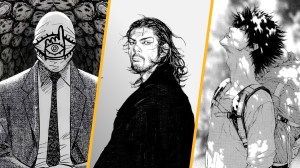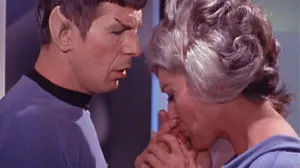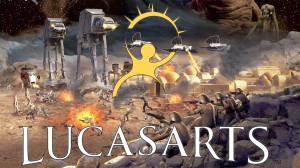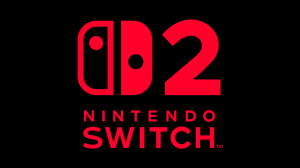Josei manga is where storytelling becomes powerful and really glows up. Unlike shoujo, which often focuses on teen romance and school life, josei gets into the challenges of adulthood such as career struggles, messy relationships, heartbreak, healing, and everything in between. It’s raw, real, and often beautifully understated. And behind every memorable josei series is an artist who knows how to write, visualize, and bring to life a story that will hit you in the chest.
Videos by ComicBook.com
In this article, we’re looking at 10 of the best josei manga artists who’s work has been highly impactful and acclaimed. Some are household names, others are not known so much, but all of them bring individuality to this art. You may be a fan of their delicate art styles, emotionally layered characters, or stories that linger long after the last page, but these creators have earned their place in the spotlight. So if you’re looking to find out more about josei manga or just want to appreciate the talent behind your favorite series, this list of josei writers is a great place to start. Let’s dig in!
10) Matsuri Akino
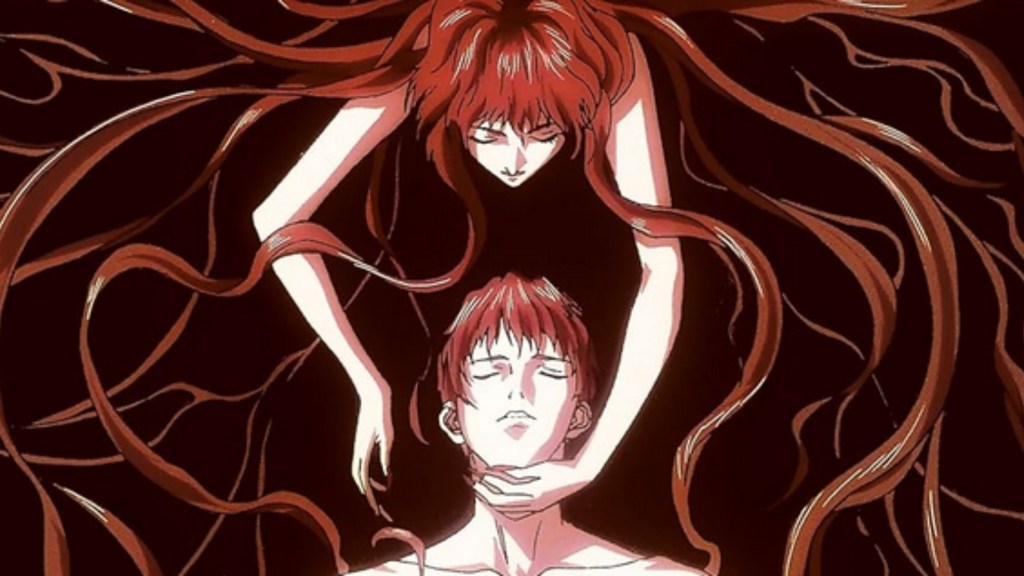
Matsuri Akino is a well-known name in the josei art industry. She debuted in 1988 with Reikan Shouhou Kabushikigaisha, a serialized occult detective manga that ran in Princess magazine and was later adapted into a live-action TV special in 1991. But that’s far from her best work.
She’s the sole mind behind Pet Shop of Horrors, a series that carved its own eerie niche in the josei landscape. This work of hers was serialized in the Asuka magazine. It spans 10 volumes and was followed by a sequel, Pet Shop of Horrors: Tokyo, which ran from 2005 to 2013. The original series was adapted into a four-episode anime in 1999.
Matsuri Akino doesn’t shy away from showing the darker corners of human nature, but she does it with a grace that makes you want to keep turning every perfectly illustrated page. Even when the story makes you uneasy. It’s haunting, but in the most beautiful way.
9) Shō Harusono

Shō Harusono might be best known for her BL hit Sasaki and Miyano, but her josei-adjacent spinoff Hirano and Kagiura deserves its own spotlight. What makes Harusono’s work quietly powerful is her ability to capture emotional nuance without melodrama. In Hirano and Kagiura, she explores the dorm life of two boys—one brash, one gentle—and lets their relationship unfold with subtlety and warmth. Her art is clean and expressive, never overdone, and her pacing feels like real life—awkward silences, small gestures, and gradual change.
Harusono doesn’t force drama; she lets it breathe. Her characters feel like people you’ve met, or maybe wish you had. She also published Butai ni Sake! in 2020, a lesser-known school drama that properly established Harusono’s presence in josei manga. All in all, Harusono has built a consistent niche in soft BL narratives with school settings, expanding her stories across multiple formats.
8) Yuki Kodama
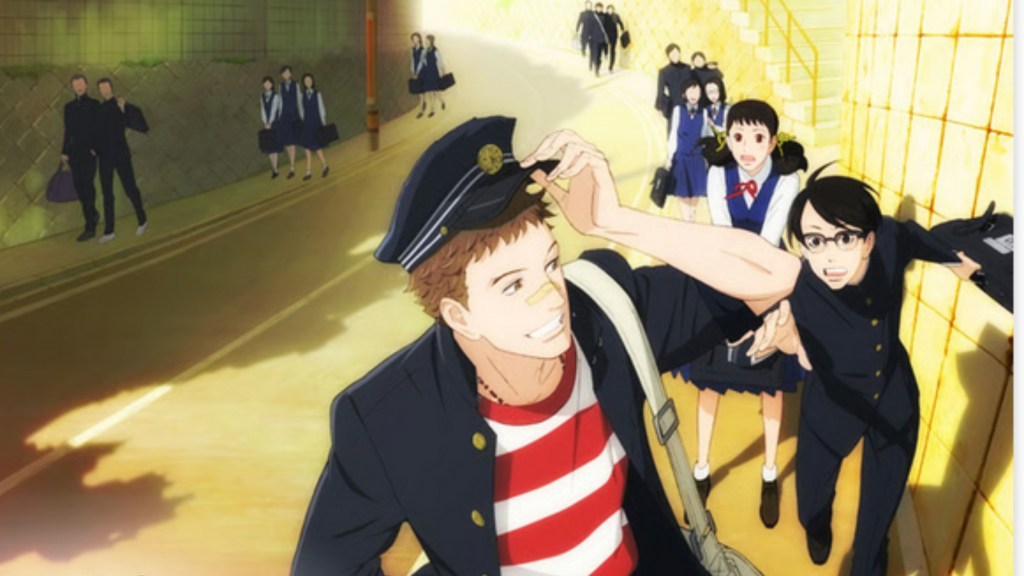
Yuki Kodama has quite a few unforgettable works, but her breakout came with Kids on the Slope (2007–2012), a jazz-infused coming-of-age manga set in 1960s Sasebo. This story is as much about music as it is about friendship, identity, and emotional healing. It won the Shogakukan Manga Award and was adapted into an anime by Shinichirō Watanabe.
Before that, Yuki debuted in 2000 with Zakuro. Her other works include Tsukikage Baby (2013–2017), a multi-family drama rooted in traditional Japanese dance, and Chiisako no Niwa (2017–2018), a quiet, folklore-inspired tale. On top of that, since 2018, she’s been serializing Ao no Hana, Utsuwa no Mori, and in 2022 launched Wolf’s Daughter, a werewolf-themed story. Kodama’s strength lies in her restraint. She doesn’t over-explain; she trusts the reader to feel it.
7) Akiko Higashimura
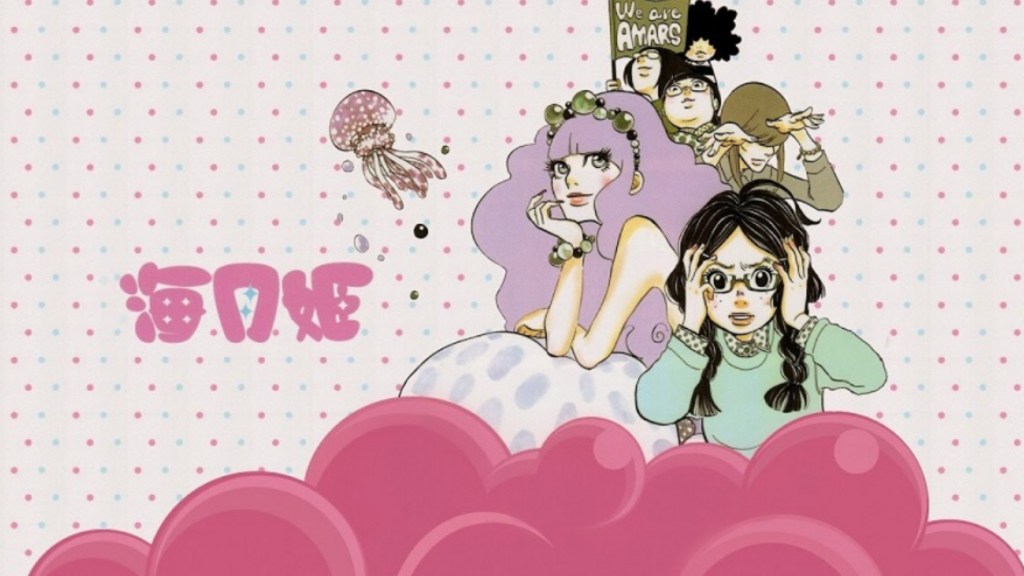
Akiko Higashimura debuted in 1999 with Fruits Kōmori, but her first serialized hit was Kisekae Yuka-chan in 2001. Her breakout josei hit Princess Jellyfish (2008) won the Kodansha Manga Award and got both anime and live-action adaptations. It goes deep into themes like self-worth, gender identity, and social anxiety with a distinct art style that stands out without ever losing her sharp wit.
Beyond that, she is acclaimed for her publishing of Blank Canvas: My So-Called Artist’s Journey (2011), a raw autobiographical series that won the Manga Taishō. She’s known for juggling multiple serializations, sometimes up to five, at once. And has worked across shōjo, josei, and seinen genres.
6) Mari Okazaki

Mari Okazaki’s work in manga tries to hold up a mirror to adulthood. She started out in advertising before shifting full-time to manga in the early 2000s. And this shows in her work with her breakout josei series Suppli. Published in Feel Young, a josei magazine, Suppli explores the advertising world through the eyes of a woman juggling heartbreak, ambition, and identity.
Okazaki’s background in design shows in every panel with her modern and sleek art. She later moved into seinen with A-un (2014–2021), a historical series about Buddhist monks Kūkai and Saichō, serialized in Monthly Big Comic Spirits. That one earned critical praise and was selected as a Jury Recommended Work at the Japan Media Arts Festival.
Beyond aesthetics, Okazaki often explores the emotional contradictions of professional women, showing how success can feel hollow and how love can be both a refuge and a trap. She’s also done shorter works like Kanojo ga Shinjatta and Shibuya-ku Maruyama-chō, both of which were adapted into live-action. Okazaki handles both story and art, and her work often appears in magazines like Cookie, Business Jump, and Feel Young.
5) Moyoco Anno

Moyoco Anno is a powerhouse of style and psychological depth. She began publishing manga in the early 1990s, publishing Sakuran, a historical courtesan drama, later made into a film in 2006. While her most commercially successful title is Sugar Sugar Rune, a magical girl series that won the Kodansha Manga Award and got an anime adaptation.
But Moyoco Anno doesn’t just tell stories—she critiques society, gender roles, and the pressure to “have it all.” Her josei works include Hataraki Man and Happy Mania, the latter of which was serialized from 1996 to 2001 in Feel Young. It sold over 3 million copies and was even adapted into a live-action drama. Her work dissects the modern woman’s struggle with identity, ambition, and emotional chaos.
4) Ai Yazawa
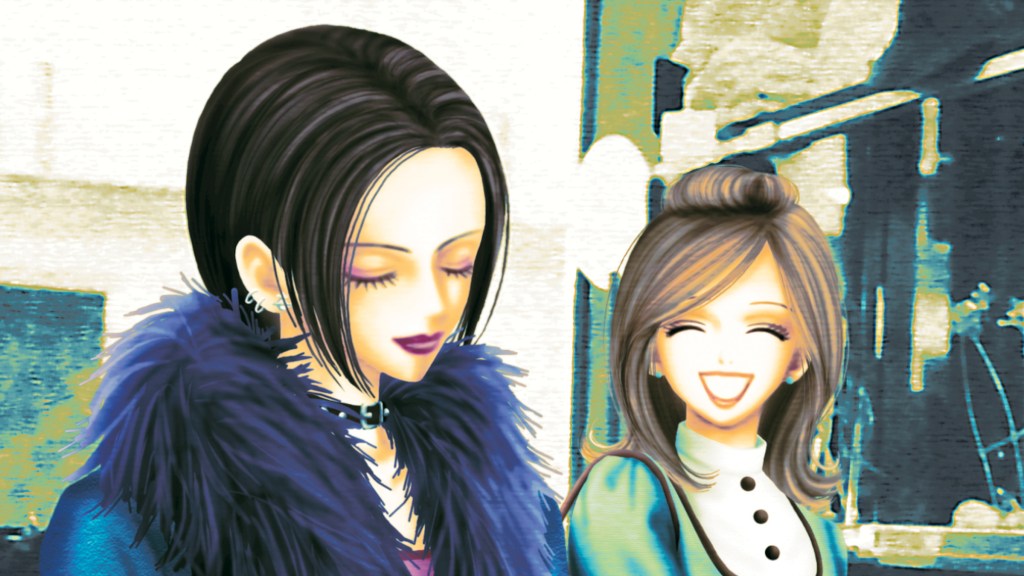
Ai Yazawa debuted in 1985 with short stories in Ribon magazine and quickly built a reputation for stylish, emotionally grounded shojo narratives, such as with Neighborhood Story or The Last Quarter. She studied fashion at Osaka Mode Gakuen, which directly shaped her visual style. With this fashion background, it isn’t surprising that she gained international recognition with her josei hit Paradise Kiss (1999–2003), a fashion-school drama. It is a standout work blending coming-of-age angst with high fashion and identity crises, capturing the chaos of youth without romanticizing it.
But even this is far from her best work. Her most iconic series, Nana, follows two women with the same name and is a bestseller, selling over 40 million copies, and has inspired multiple live-action films and an anime. Nana is typically considered to be technically shojo due to its publication in Cookie, a shojo magazine, yet its more mature themes broadly resonate with josei as well. However, in 2009, Yazawa unfortunately had to pause Nana due to illness and has since focused on illustration.
3) Chica Umino

Chica Umino debuted in 2000 with Honey and Clover, a bittersweet college drama that is about all things love, finding purpose, and the ache of growing up. It was serialized first in CUTiEcomic and later in Young You and Chorus. It ran for 64 chapters and became a hit among college-age readers, leading to an anime adaptation by J.C. Staff and two live-action films.
In 2007, Umino launched March Comes in Like a Lion, her josei-coded masterpiece, in Young Animal, a seinen magazine. This series won the Manga Taishō and the Tezuka Osamu Cultural Prize. Centering around grief, loneliness, and healing through the lens of a young shogi player, the manga was also adapted into a two-season anime and two live-action films. Umino’s published works span over 15 volumes, and she’s known for handling both story and art herself, with consistent serialization in major magazines.
2) Tomoko Ninomiya
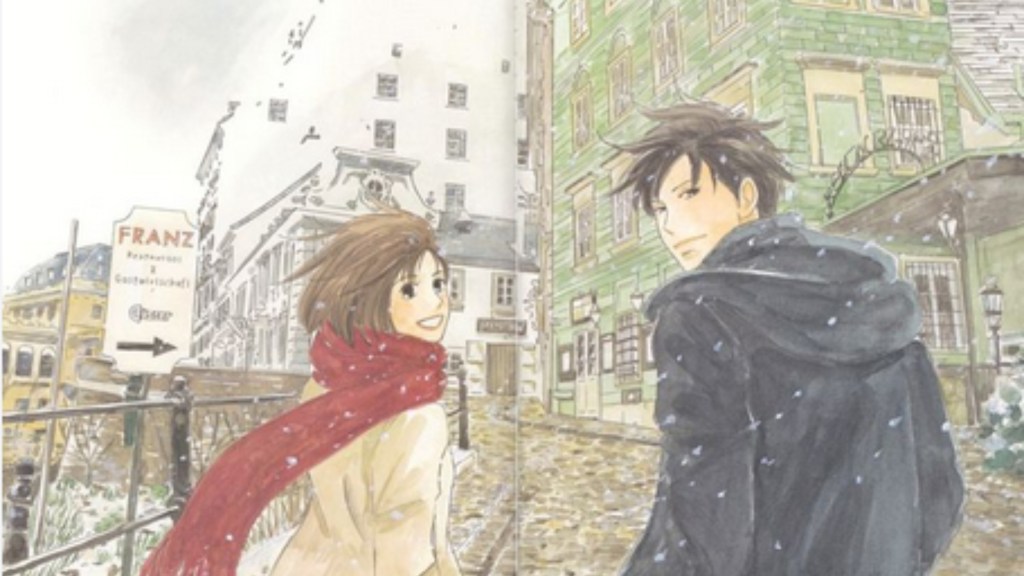
Tomoko Ninomiya debuted in 1989 with London Doubt Boys, but her career took off with Nodame Cantabile, a 24-volume series serialized in Kiss magazine. This work of hers won the 2004 Kodansha Manga Award and was adapted into three anime seasons and multiple live-action dramas. The series blends classical music with eccentric character dynamics, and Ninomiya handled both story and art perfectly.
Her biggest talent lies in portraying internal conflict. She excels at portraying complex emotions like ambition clashing with fear and talent tangled with insecurity. Her art style is also incredibly unique and quite realistic compared to many others in the same niche.
1) Fumi Yoshinaga
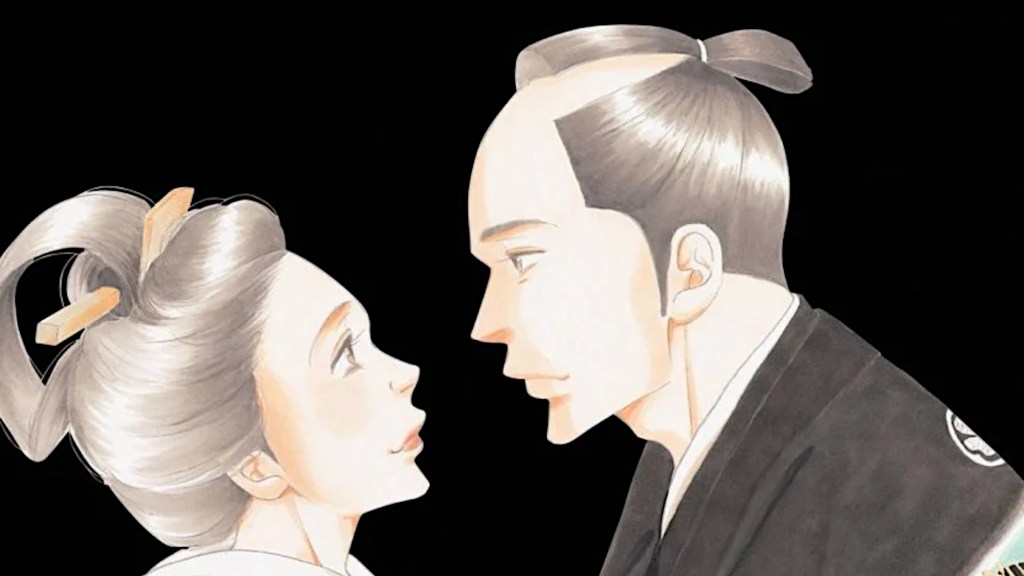
Fumi Yoshinaga is in a league of her own. She first debuted professionally in 1994 with The Moon and the Sandals, a BL series serialized in Hanaoto. But her most acclaimed josei work is Ōoku: The Inner Chambers, a gender-reversed historical epic that won the Tezuka Osamu Cultural Prize and was adapted into multiple films.
Yoshinaga’s art style tends to vary across genres, but she prioritises characters and their expressions over detailed backgrounds. Her unique use of blank space is something that’s typically associated with Shojo manga. But Fumi has succeeded in making the technique her own despite the difference in genres.
Which of these josei artists’ works have you had a chance to go through? And which one do you like most? Let us know in the comments below.

